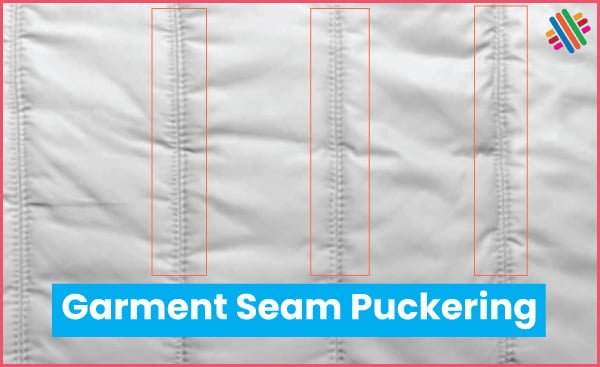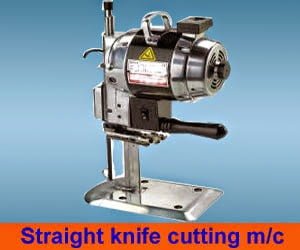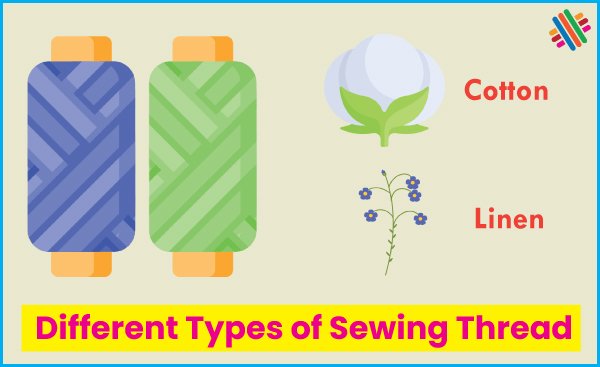Last updated on September 11th, 2023 at 09:55 pm
Construction of a Sewing Needle

Needles have been used for hand sewing since about 18000 BC and were initially made from ivory, bone, wood and horn. Their form has remained unchanged since then. During the fifteenth century, iron needles were introduced for hand sewing, and in 1800 Balthasar Krems of Germany was the first to use a needle with the eye near the point for a chain-stitch machine he had developed. The large-scale production of sewing machines started in about 1840, and this was paralleled by numerous developments in the manufacture and quality of machine needles. Today the steel needle in everyday use is a precision product critical to the formation of stitches.
The sewing machine needles’ functions are to form a passage in the material through which the needle thread can wholly or partially pass and form a loop that can be picked up by the looper or hook mechanisms. Needles are made in straight or curved forms, and their main construction features are –
Butt
The truncated conical shape at the top of the needle which facilitates its insertion into the needle bar or clamp.
Shank
Usually larger in diameter than the rest of the needle, the shank can be cylindrical or flat on one side, developing the method used to secure the hand in or on the needle bar.
Shoulder
The selection joining the shank to the blade.
Blade
The longest section of the needle, this runs from the shoulder to the eye.
Grooves
On one side of the needle, a long groove protects the needle thread as it enters and is withdrawn from the fabric. There is a short groove on the opposite side that extends a short distance above and below the eye, and its purpose is to aid the thread of the thread into the material and loop formation.
Eye
An elliptical hole between the two grooves; the shape and finish of the inside top of the eye are essential factors in preventing thread damage during sewing.
Point
This is shaped to provide the best penetration of the material being sewn.
Tip
The tip, when combined with the point, determines the ease and extent of penetration into the fabric.
Points and tips have a decisive bearing on the performance of the needle and the various types of combinations can be divided into two groups –
Round Points
These are used for the sewing of textile materials, and while they all have a circular cross-section, they differ in their tip shapes. In general, setpoint needles are used for most woven fabrics, and the ballpoint needle is preferred for delicate and knitted materials. Both these points are available with light, medium or heavy tips, and these combinations allow for good compatibility between the fabric and the needle.
Cutting Points
These needles cut a hole through the material and are mainly used for the sewing of leather, artificial leather and plastic materials. The points come in a variety of shapes. They all influence the set of the stitches and, as a result, the appearance of a row of stitches. The individual stitches are slightly slanted instead of being in a straight line.
You may also like: Common Sewing Machine Problems and How to Fix Them





Thanks a lot very much for the high quality and results-oriented help. I won’t think twice to endorse your blog post to anybody who wants and needs support about this area.
I’ve bookmarked your site, and I’m adding your RSS feeds to my Google account.
this article is very useful, thank you for making a good article